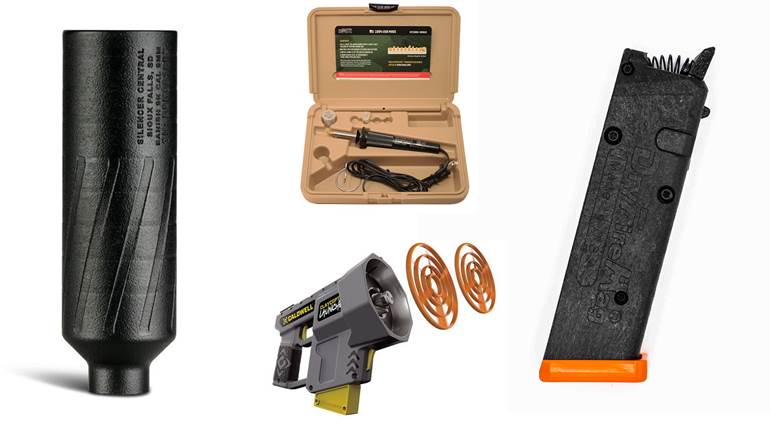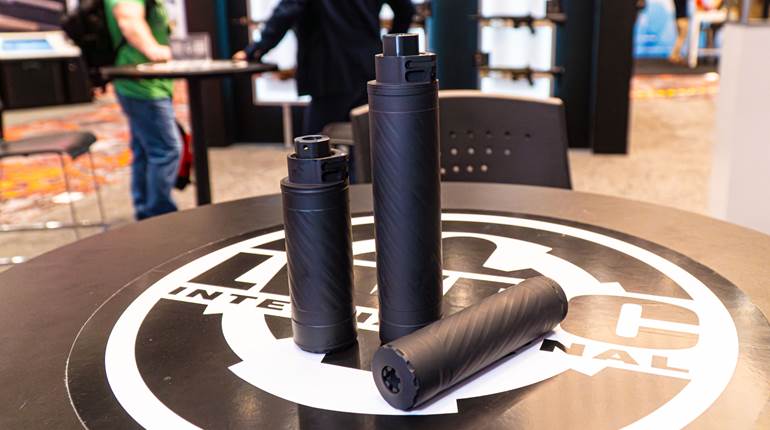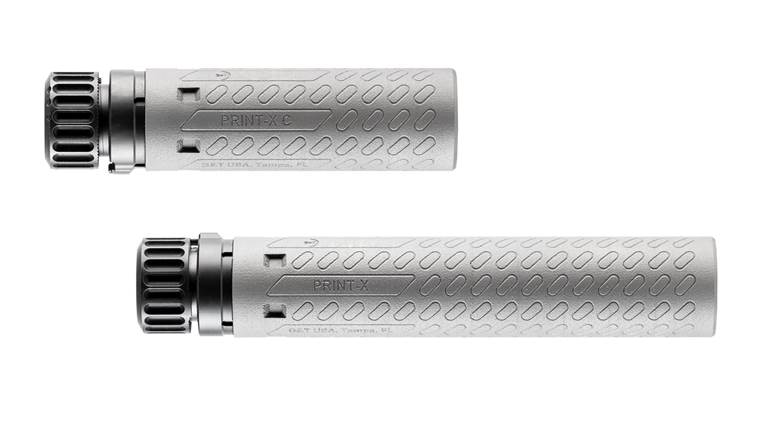
[DOD photo by Air Force Senior Airman Christopher Maldonado]
U.S. Naval Supply Systems Command issued a request for information on Aug. 20, “… seeking sources that manufacture a Suppressor compatible with the M2A1 .50 Caliber Machine Gun.” Specifications include a 95 percent or greater reduction in muzzle flash when compared to that produced without a flash hider and sound reduction to 140 dB or lower.
The posting also notes [PDF], “The suppressor must not affect the function of the weapon. The suppressor must be capable of operating in extreme environmental conditions (sand, dust, rain, snow, etc…).”
The machine gun it will be affixed to is a John Moses Browning design that joined the U.S. Armed Forces battery just after World War I. It didn’t take frontline troops and enthusiasts to label it “Ma Deuce,” and it continues to serve to this day in the Global War on Terrorism.
This week’s notice is yet another signal the military may soon put an end to the exclusive on suppressors once held by specialized units. Protecting the hearing of the men and women in uniform is one consideration, but there are combat advantages.
In 2017 the Marine Corps’ Bravo Company, 1st Battalion, 2nd Marines entered into a unit-wide, all-suppressed small-arms experiment. Maj. Gen. John Love explained months before the trial began that combat squads often disperse widely during maneuvers and engagement, which can make hearing and responding to commands during small arms fire a challenge—if not impossible. Suppressed fire, he said, should remedy the problem.
In one European live-fire exercise since then—in conjunction with other NATO troops—the unit’s squad leaders confirmed the General’s suspicions. The improvement was particularly notable when operating next to units with firearms wearing only flash hiders. Suppressors also reduce muzzle flash, an added bonus that reduces the risk of it betraying position during nighttime operations.
This month’s U.S. Naval Supply Systems Command request states, “All interested, responsible sources are encouraged to submit company and product literature, references and any other pertinent information for the Government’s review, including CAGE code and business status,” on or before Sept. 20.






































